This article was written with Dustytoes in mind, after she told me that she had had trouble with growing bell peppers.
Bell peppers,sometimes known as sweet peppers, are the round red, green or yellow peppers that you see, rather than the slimmer chilli peppers.As they are native to areas that are warm, sunny and wet they need to have sustained warmth and light and a steady supply of water, thus in my own area I can grow them and have done so, but they need the warm conditions provided by a greenhouse [glasshouse.] I do not have a heated greenhouse, for there is currently no electricity supply on my allotment, so my experience is that it is possible to grow peppers in an unheated structure, but whatever you do avoid frost, which will kill them. The technique that I used with bell peppers was to buy them in as seedlings from a plant nursery after the cold British Spring had changed into early Summer, but on nights when the temperature was low I ensured that the greenhouse door was closed and that there was a greenhouse heater burning. That worked and I got a crop of peppers.
To grow them you need to maintain a regular temperature of 29c at least during the day, ideally higher, and a temperature of at least 13c degrees at night, and they will benefit from day time temperatures higher than this if they are kept watered.This leads me to another key point, that their soil needs to be kept moist all the time, but not soaked, so if you cannot commit to maintaining water supply, your crop will fail. They are plants that also need strong sunshine, so grow them in bright conditions, but keep them sheltered from winds, for wind can take heat from the plant and weaken it.
But you need to choose your spot. I use a greenhouse, as the North West of England is unsuitable for outdoor pepper cultivation, but those of you who dwell in climes warmer and sunnier than mine can grow them outdoors, but if you are moving them from sheltered conditions to an outdoor spot, be sure to harden them off first. This means that you place them in pots of a suitable size and move them outdoors during the day, but replace them at night. If you cannot do this for about ten days it is safer to keep them indoors.
Peppers are ideal as potted patio plants, and the advantage of this is that the stone of the patio retains heat in the day and releases it at night; and this advantage can also be gained by growing against a wall, south-facing in the Northern hemisphere and north facing in the southern one.One growers' trick is to warm the soil for two weeks before planting by covering it with cold frames, and this will give the pepper plant an advantageous start.
You need to ensure that the soil is well-fertilized, so keep it properly manured. At the first fruit set, apply a high potash fertilizer, as potassium is important for fruit development. Peppers also seem to benefit from a bit of sulfur in the soil, so some growers insert two or three matchsticks into the planting home when the pepper is being inserted. Pick when ready.


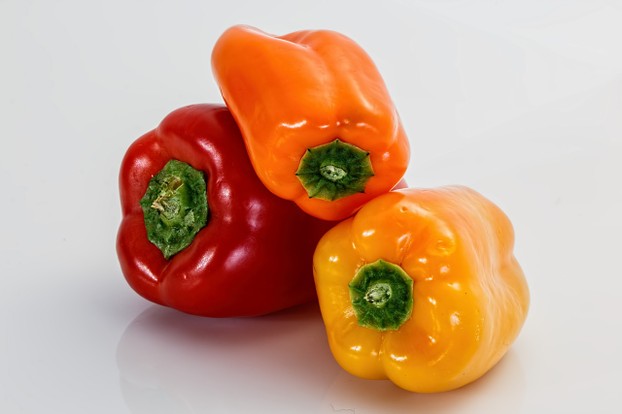



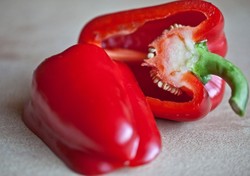

 TheThousand Year Gardenon 11/26/2025
TheThousand Year Gardenon 11/26/2025
 Women of the Gospelson 10/11/2025
Women of the Gospelson 10/11/2025
 Religious Gardenson 08/25/2025
Religious Gardenson 08/25/2025
 Doctor of the Church: John Henry Newmanon 08/03/2025
Doctor of the Church: John Henry Newmanon 08/03/2025

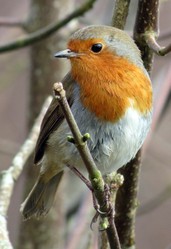
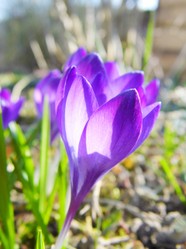
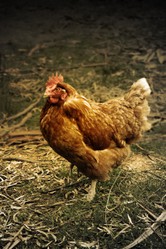
Comments
Redo peppersvaire the spiciest
We, do not have a preference between Colo
Rd.
Thank you for your comment below, on Apr 8, 2023, in answer to my previous, same-day observation and question.
The second paragraph to the first subheading, Bell peppers, describes the aforementioned sweet peppers as available in green, red and yellow colors.
Do you and your wife and your family like the most green, red or yellow peppers or do you like them all the same?
I have always left them to dry naturally, and I have had no trouble with mold, but to be fair, I have not suffered major pest problems.
The sixth sentence to your second subheading, Propagation, cautions about keeping "the peppers free of pests, for aphids can be a nuisance. The best way to deal with aphids is to blast them off with a water jet, but if the plant is still young, soft soap applied more gently works. In fact, soft soap is a good defence against aphid infection."
What do you do about the water left on plant parts?
Sometimes I've had a problem with discolored, moldy patches after treating pepper pests to soapy-water scrubs and to (not that strong of) a water blast.
Have you thought of growing peppers on a south facing window ledge in your house? If it is double glazed it will be warm, and the southern aspect will bring light. I once saw this done in a school where I was teaching gardening. We had a special unit for the most seriously handicapped children [it was a special school] and in this unit the teacher used the window ledges to grow tomatoes and peppers. It was a very positive experience for the sick young people, at least one of whom would not see twenty years of age. They grew some good vegetables, peppers included.
From what you and Dustytoes are saying, the New England climate is not good for peppers. Here in North West England the climate prevents me from growing them outdoors, but I have grown them in a greenhouse [glass house.] But I am quite realistic in that I recognize that the climate is against me, so I skip the propagation stage and buy in the young plants. I also ensure that the greenhouse is kept warm at nights in early Spring. It does not have to be very warm, but I keep the frost away at nights with candles. I find them better than the paraffin heater, which is very smoky and prone to go out unless there is a constant airflow from an open door which defeats the purpose of night time heating. A heated greenhouse is probably the way of getting the best peppers.
I can never get peppers to grow in Northern Maine. Organic red peppers in the grocery store cost $3.00 a piece! They have become a delicacy for us these days. My mouth was watering as I read your article!
That's great news about your garden. Here in Britain the crop has been down on the previous year due to a poor Summer, but I have had enough to keep me happy.
I've been going on dumb luck, but now I certainly will put your good tips to use. My garden is doing fantastic this year, the weather has been perfect, great summer growing season.